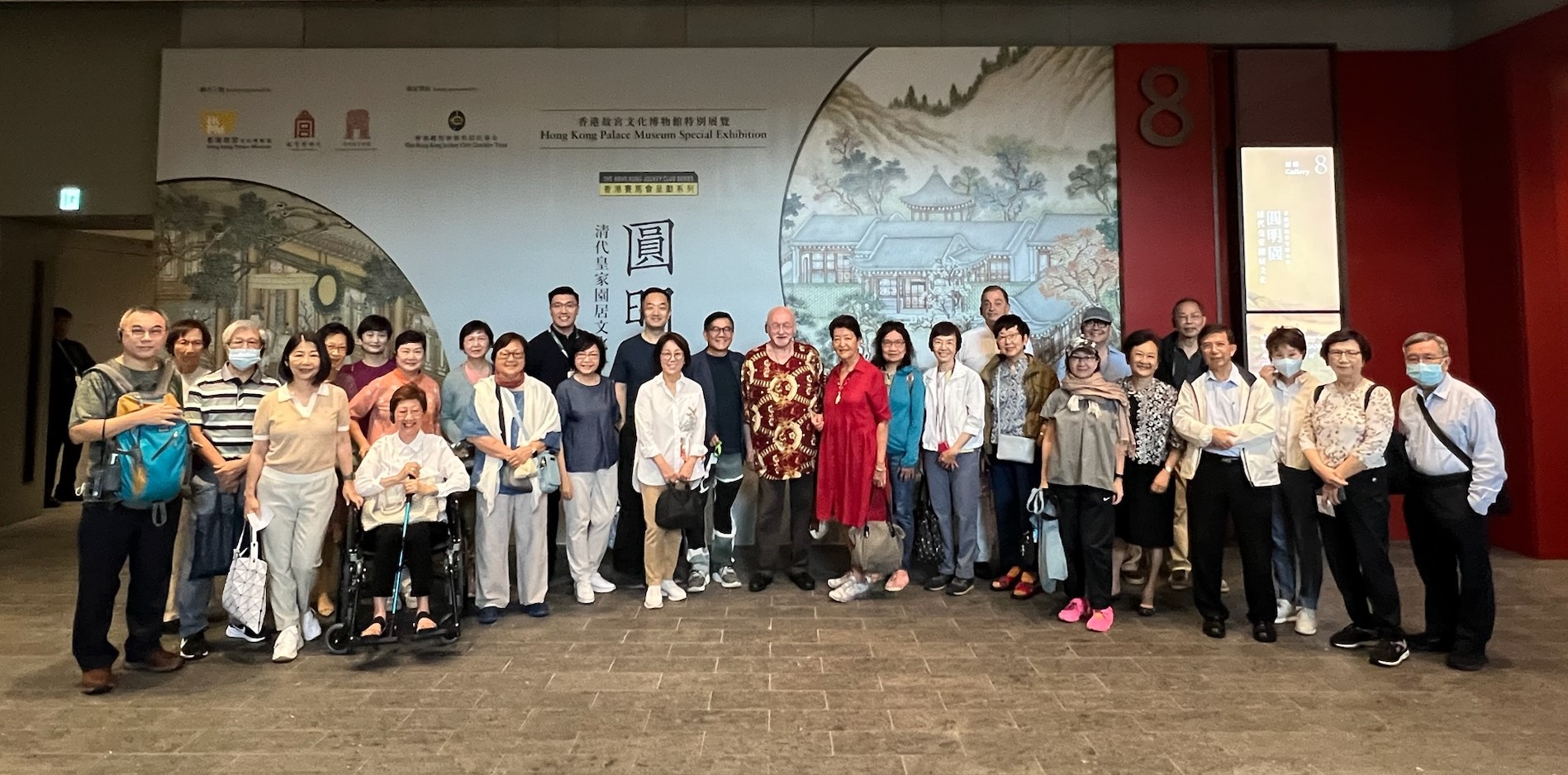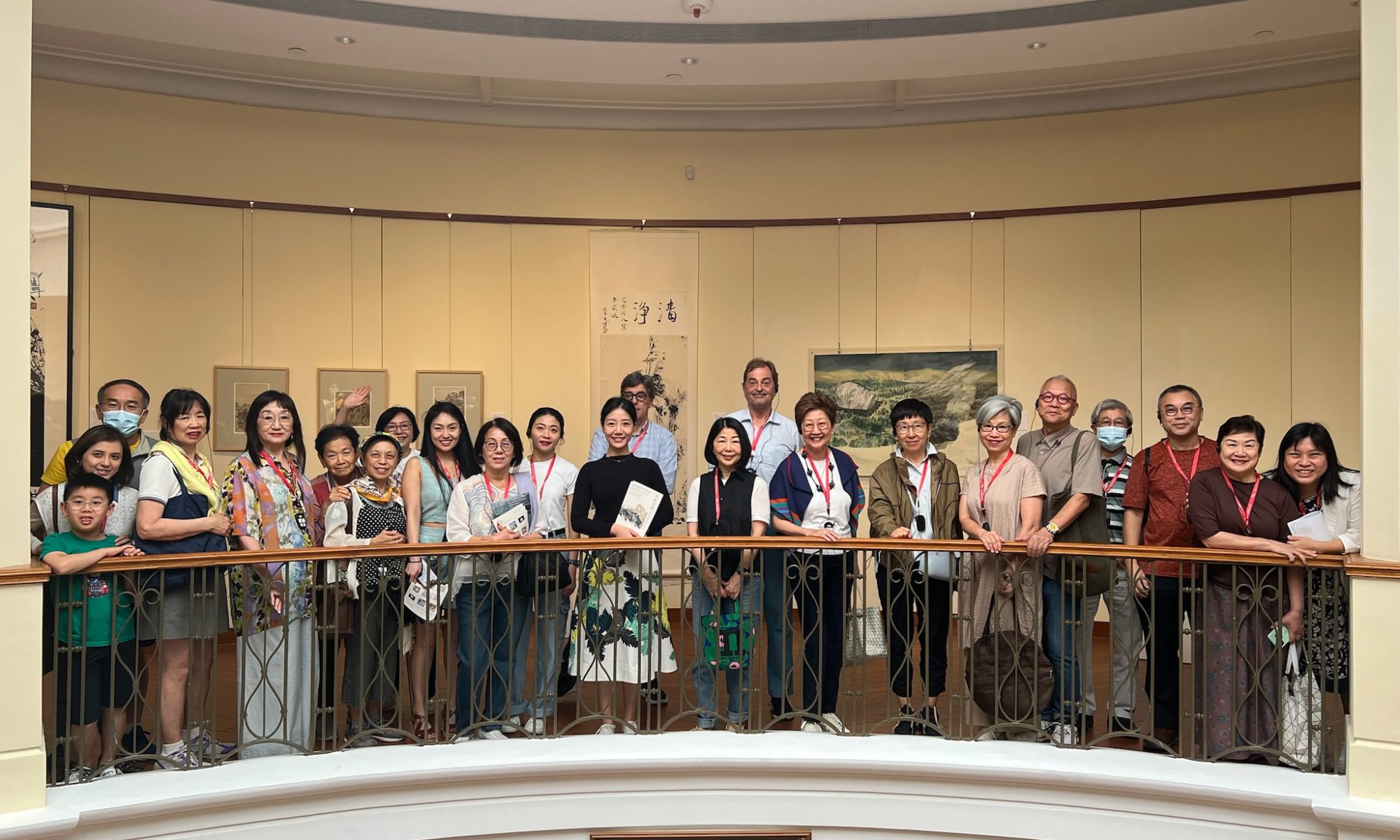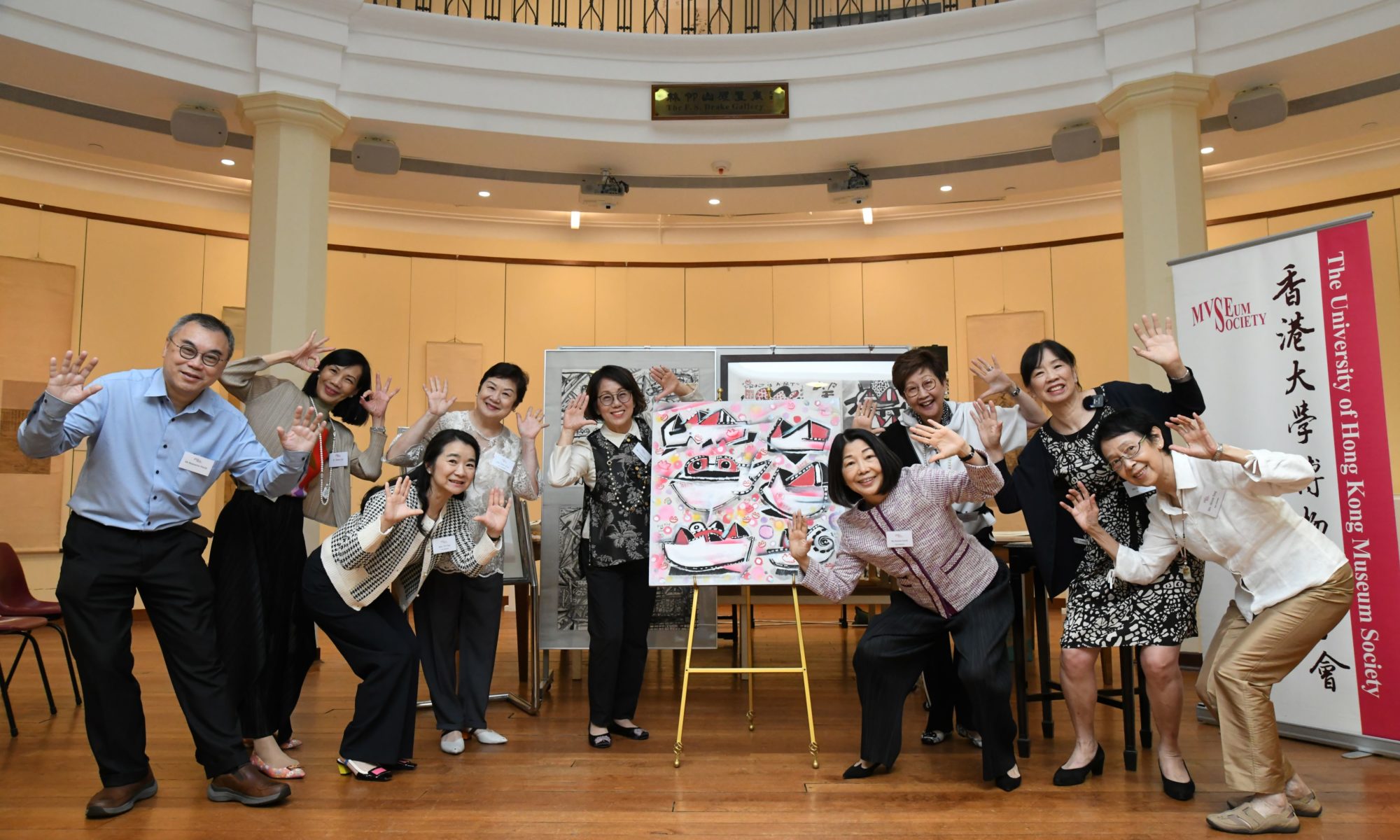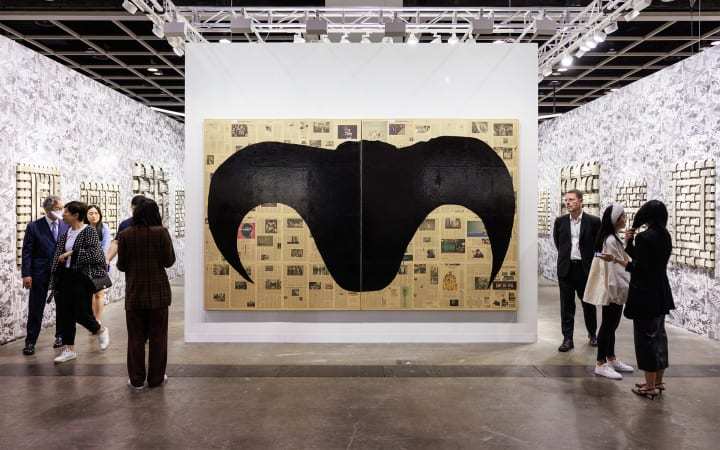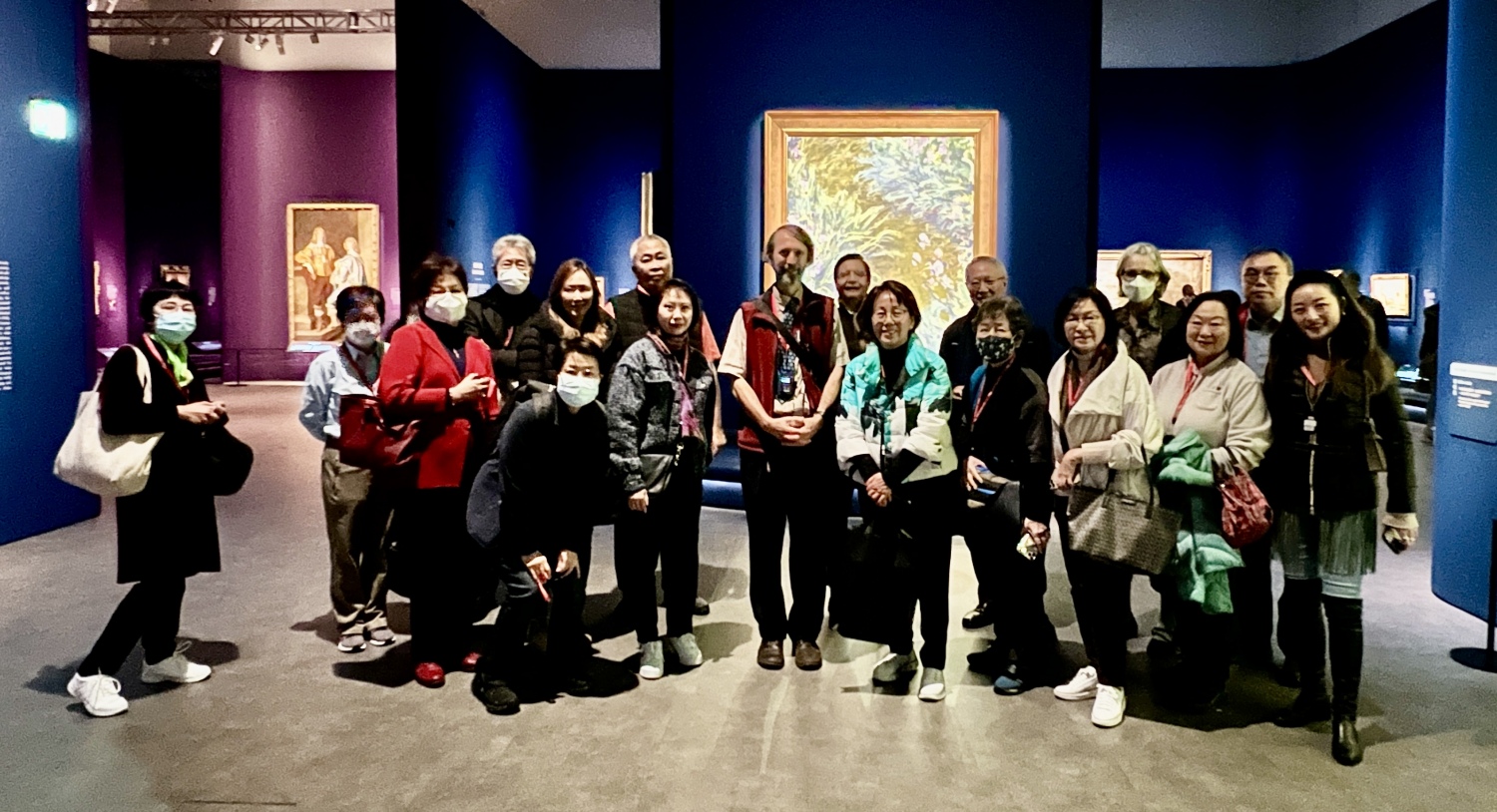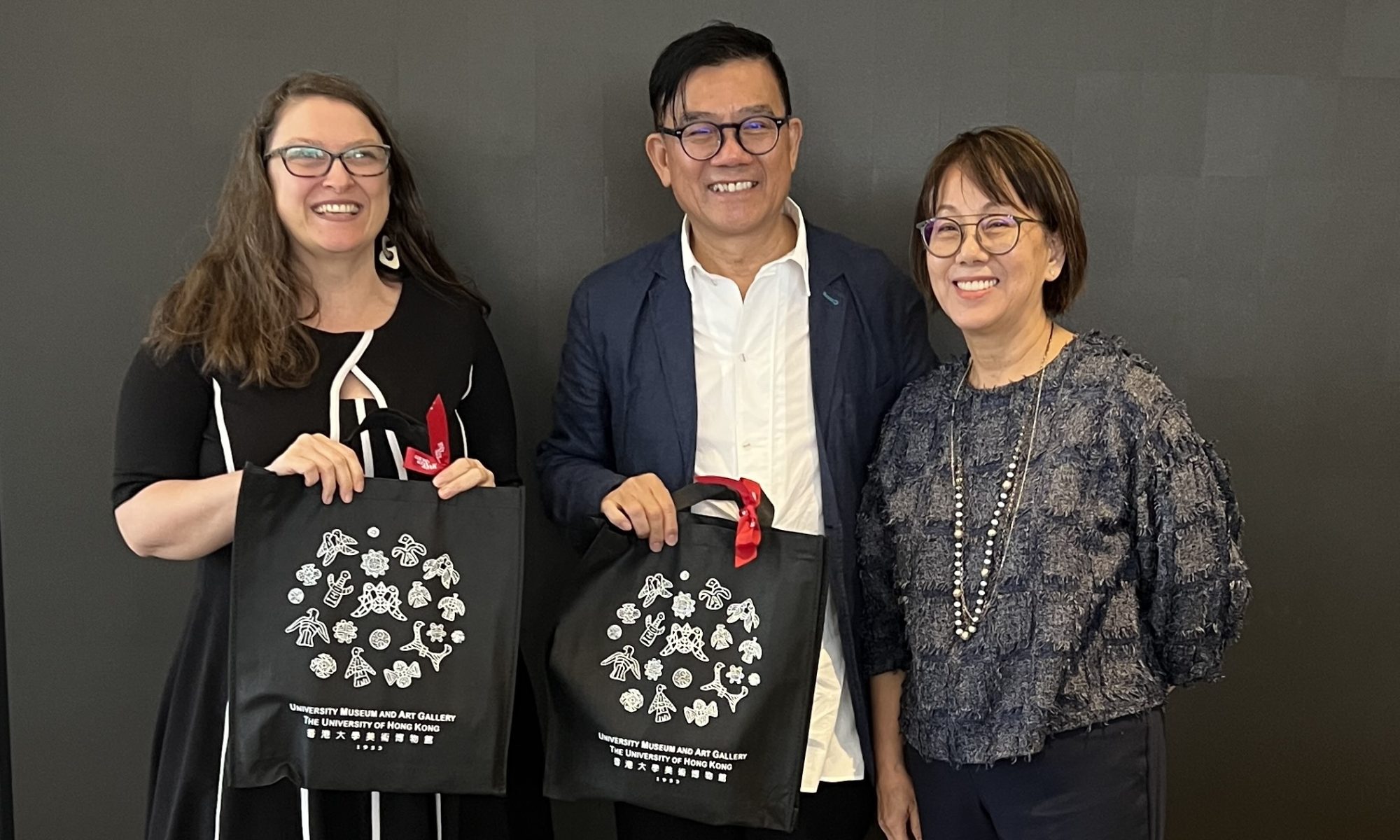The HKU Museum Society is delighted to present a guided viewing of Yuan Ming Yuan – Art and Culture of an Imperial Garden-Palace with Prof Puay-peng Ho and Dr Xander Yang.
Shedding new light on Yuanming yuan (Garden of Perfect Brightness) by featuring over 190 spectacular paintings, architectural models, and other works associated with this once-magnificent Qing dynasty imperial garden-palace, which served as the principal residence of five Qing emperors. The exhibition highlights the garden’s space and layout, festival activities, aesthetic tastes of the emperors, and the stories about the imperial family dwelling in the garden. In this exhibition, visitors will discover the crowning achievements of imperial garden-palace design, the stories about the garden’s principal residents, and the history of the Qing imperial court.
Speaker
Professor Puay-peng Ho holds the UNESCO Chair on Architectural Heritage Conservation and Management in Asia. He is currently Professor at Department of Architecture, College of Design and Engineering at the National University of Singapore. Having close to 30 years of experience in the academia, Professor Ho’s main research interests are in architectural history and conservation practices, and how the knowledge can be translated in teaching and practice. Professor Ho is a conservation consultant, architect and adviser to some 100 conservation projects in Hong Kong and Singapore since 2003, including PMQ, Haw Par Villa, Comix Homebase, Oil Street Art Space, Court of Final Appeal, and New Campus for Chicago University Booth School. Professor Ho was also appointed to many public and private boards and committees in Hong Kong, including as Chairman of the Lord Wilson Heritage Trust, member of Town Planning Board, Antiquities Advisory Board, and currently a member of Senior Advisory Board of Global Heritage Fund and a Patron of the International Dunhuang Project of British Library.
Dr Yang Xu is Associate Curator of the Hong Kong Palace Museum. He received his doctorate in Architectural History from the Chinese University of Hong Kong. He curated the special exhibition “Yuanming yuan: Art and Culture of an Imperial Garden-Palace” (2024) and edited its accompanying catalogues. He has collaborated in curating the exhibitions “Encountering the Majestic: Portraits of Qing Emperors and Empresses” (2022), and “Odysseys of Art: Masterpieces Collected by the Princes of Liechtenstein” (2023). He is also the curatorial fellow for “From Dawn to Dusk: Life in the Forbidden City” (2022), “Qing Court in Four Seasons” (forthcoming in 2025), and other exhibitions. Prior to joining the Hong Kong Palace Museum, he held the positions of Postdoctoral Fellow at the National University of Singapore, and Assistant Curator at the National Museum of China. His research and curatorial expertise include traditional East Asian architecture, Chinese garden and landscape, and court arts. He has published in journals including Cultural Relics, Architectural Journal, Palace Museum Journal, Orientations, etc., and is acting as a co-advisor for the graduate advisory board at the School of Architecture, Tianjin University.
Photo Credit:
The Daoguang Emperor with his sons and daughters
Courtesy of Hong Kong Palace Museum

